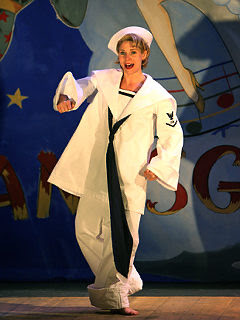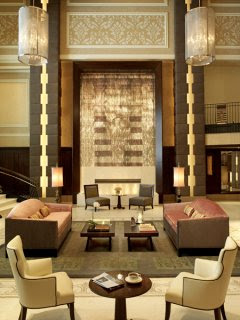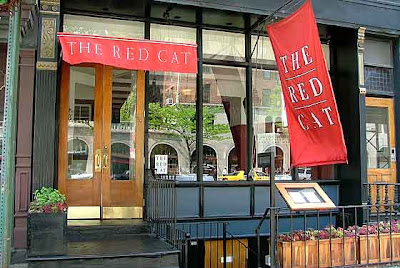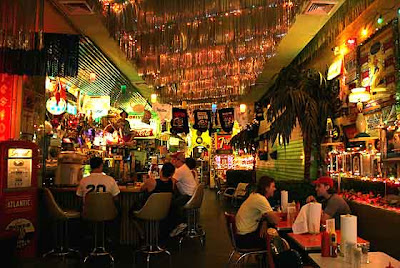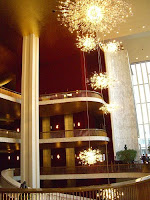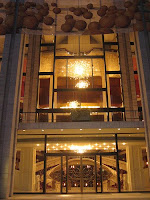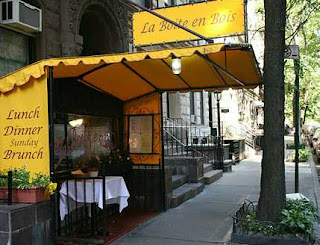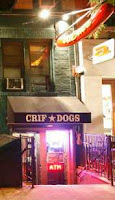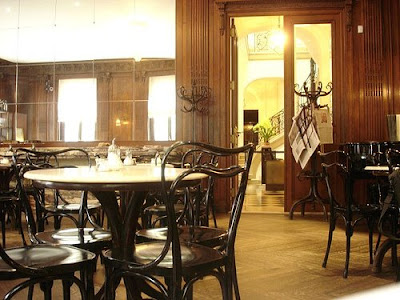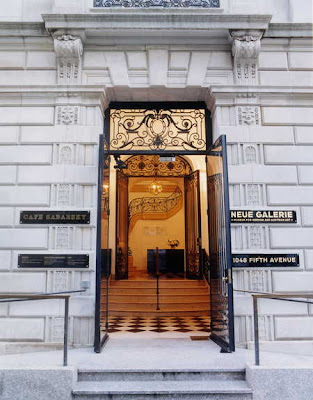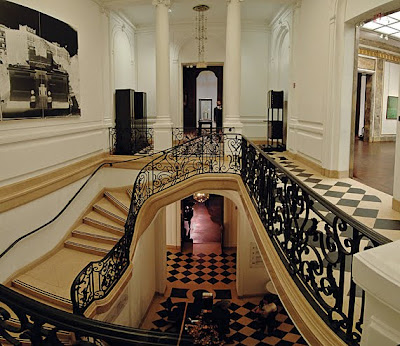Winner of the 2008 Tony Award for Best Revival of a Musical, Rodgers and Hammerstein's SOUTH PACIFIC concerns the lives of U.S. military men, nurses and residents of the Polynesian island they occupy during World War II. Nurse Nellie Forbush is “In Love With a Wonderful Guy,” a French planter, Émile, with small children. Clean-cut Lt. Cable has fallen hard for Bloody Mary's daughter Liat. And the seabees, sailors and marines will tell you that there is “Nothing Like a Dame.” The show's ravishing score also includes “Cockeyed Optimist,” “I'm Gonna Wash That Man Right Out of My Hair,” “Some Enchanted Evening,” “Younger Than Springtime,” “Honey Bun” and “This Nearly Was Mine.” In fact, some would say the musical score is the real star of this show.
The touchy issues of race and war that permeate the book of this sixty year old musical are still relevant. Based upon James Michener’s “Tales of the South Pacific,” this was the second ever musical to win the Pulitzer Prize.
The Lincoln Center Theater production of South Pacific, helmed by Tony-winning director Bartlett Sher, opened April 3 at the Vivian Beaumont Theater and was originally scheduled to close June 22, 2008. Lincoln Center Theater later announced that the musical would play an open-ended run at the Beaumont. Good luck getting tickets.
Current Cast Complications:
Noted operatic bass-baritone David Pittsinger will twice assume the role of Émile de Becque while Tony Award winner Paulo Szot fulfills his previously scheduled opera commitments. Szot, who earned a Best Actor Tony for his portrayal of South Pacific's romantic leading man, will take leave to appear in “The Merry Widow” for Opera Marseille this winter and “Carmen” for Opera Toulouse in the spring. In Szot's absence, David Pittsinger has been announced to assume the role of French plantation owner Emile de Becque from Dec. 2-Jan 25, 2009, and again from March 12-April 12, 2009. Later this season Pittsinger will also appear in the New York City Opera's concert performance of “Antony and Cleopatra” at Carnegie Hall.
Matthew Morrison (who plays Lt. Cable, shown below in leather jacket) will leave the production January 4, 2009, to take on the leading role in a FOX TV sit-com called GLEE, which will premiere in May. His role is the director of a high school glee club down on its luck.

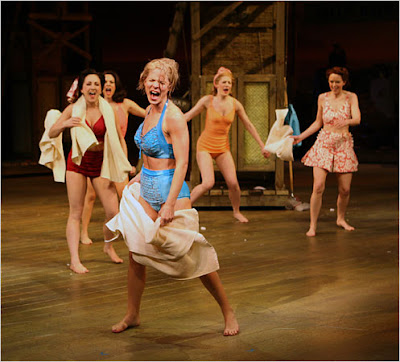

Below:
Brazilian opera star Paul Szot as Émile de Becque and Kelli O'Hara as Nellie Forbush.

